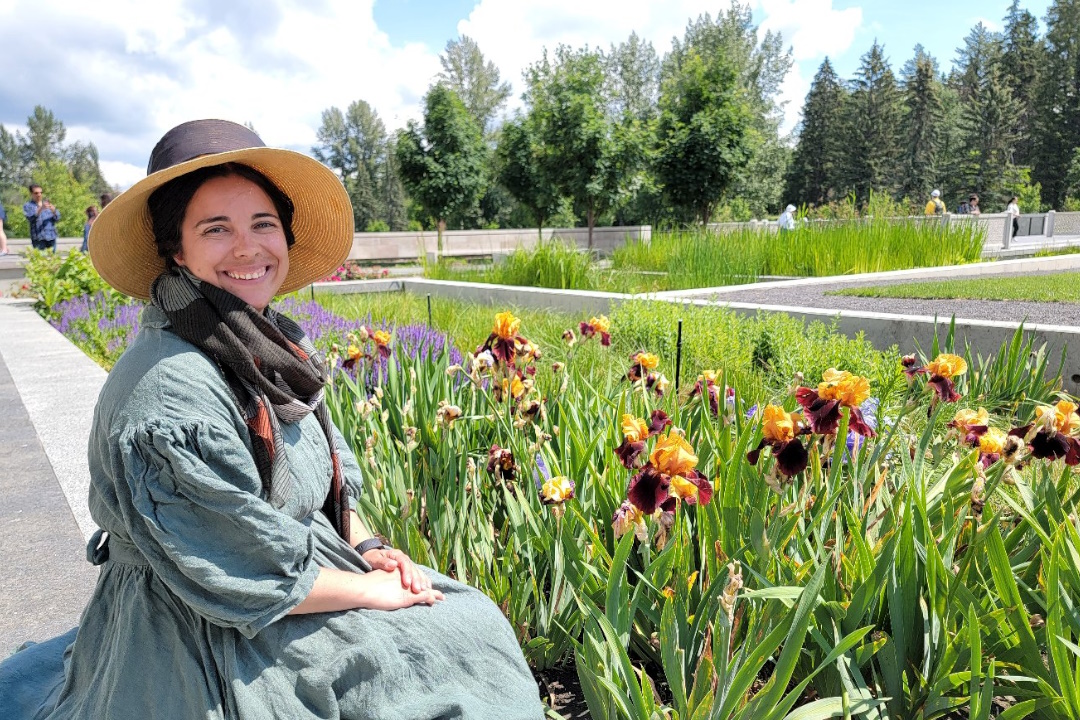
On the agenda: Surface parking lots, Metro Line to Blatchford, and funding transit growth
By
 Mack Male
Mack Male
This week, community and public services committee meets on Sept. 18, urban planning committee meets on Sept. 19, executive committee meets on Sept. 20, and audit committee meets on Sept. 22.
Here are some of the key items on the agenda:
- Administration says just 30 of 275 surface parking lots in Centre City (which includes Downtown, The Quarters, North Edge, Chinatown, and Oliver) have a current development permit. A "high number" of lots are both underused and do not meet regulatory requirements. About 85% of the lots "appear to have existed before 2010" when the Capital City Downtown Plan was developed, which administration suggests is evidence that "overarching policies are effective" for limiting the expansion of surface parking lots. Puneeta McBryan of the Edmonton Downtown Business Association said the lots have to be better. "We cannot tolerate this level of disrepair, eyesores and frankly safety issues too — some of these lots are in conditions where you can break an ankle walking across with the potholes and the poor maintenance," she told Global News. Council will consider several options for enforcement, but administration cautions that closing surface parking lots creates vacant land, "which could then be subjected to social disorder."
- Construction on the Metro Line LRT extension to Blatchford is expected to be completed this year, with service beginning in the first quarter of 2024. Operating the full extension to Blatchford Gate station would require $4.23 million per year, while deferring the opening of that station "until service is warranted" and operating the line just to the new permanent NAIT station would cost $2.43 million per year. The existing temporary NAIT station will be decommissioned in 2024 after the extension enters service. Council previously deferred a decision on funding operations for the extension.
- Increasing transit service hours from 2024 to 2033 would require $692.5 million in capital funding for 415 new buses, and $174 million in operational funding to put them into service. Maintaining 2022 service levels per capita over the same timeframe would require $180.7 million in capital funding for 110 new buses, and $70 million in operational funding to put them into service. Administration has evaluated several tools to fund the growth, including a 10-year dedicated tax levy that could generate $247.1 million through a 1% annual tax or $123.5 million through a 0.5% annual tax. Other tools considered include property taxes, local improvement taxes, user fees, development charges, and off-site levies. Additionally, administration says "continued advocacy to other orders of government for transit funding support and additional revenue-generating authorities is required."




